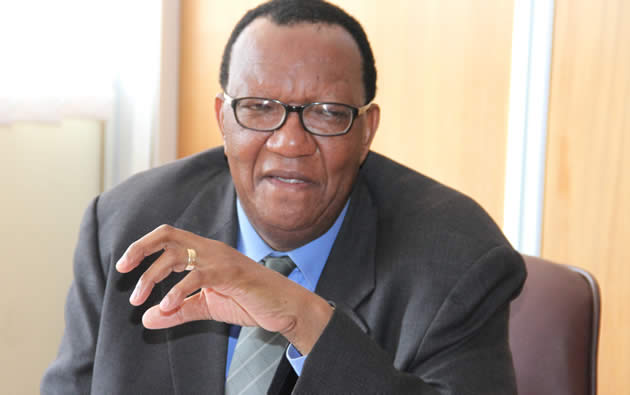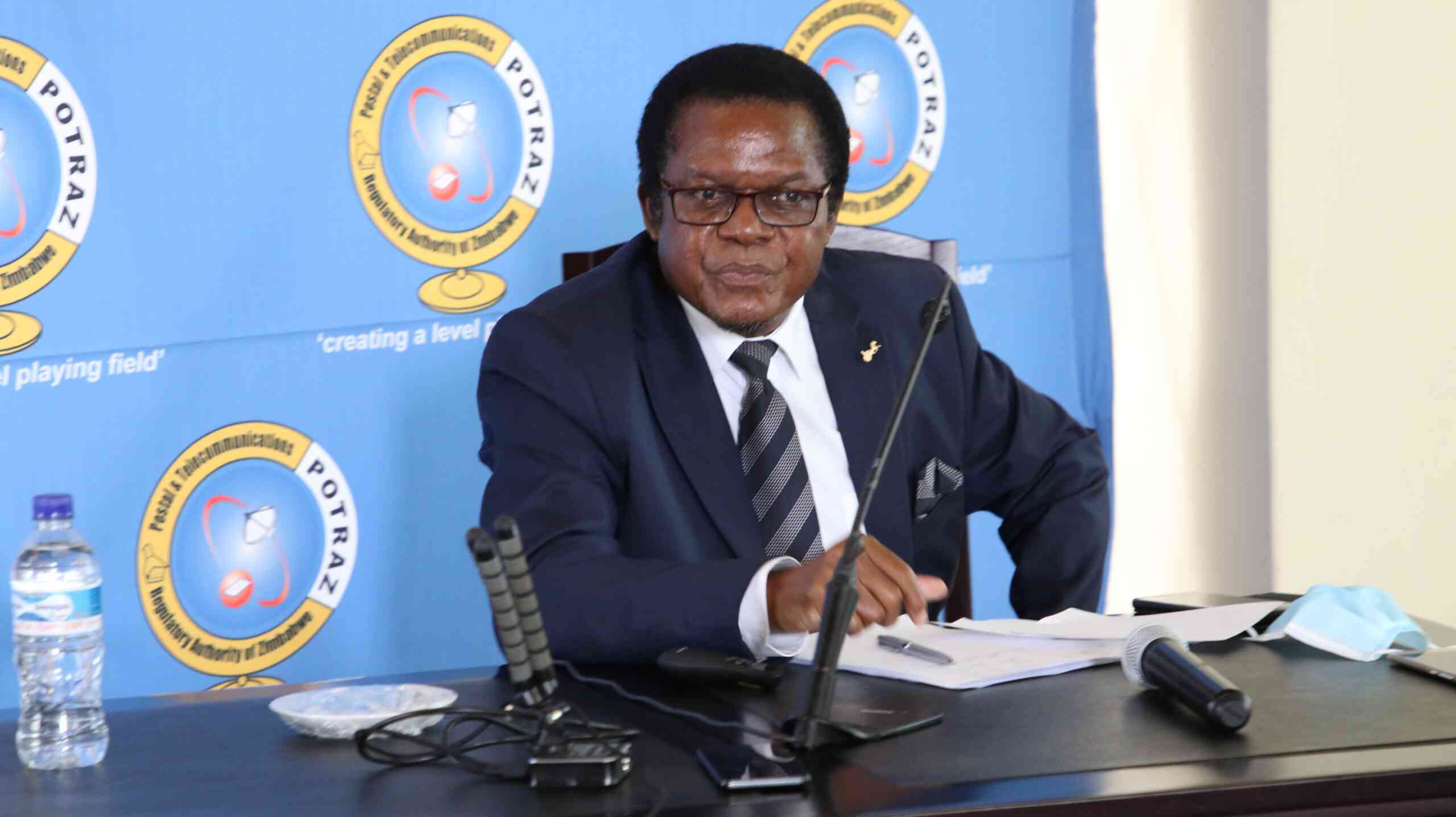‘Mat’land holds keys to bulk power generation’

Prosper Ndlovu Business Editor—
POWER generation is a critical engine in industrial development and the world over investors identify adequate electricity supply as a pull factor. Zimbabwe desperately needs enough power to attract investors and enhance improved domestic industrial production, which is partly being hampered by power outages.
Energy and Power Development Minister Dzikamai Mavhaire’s presentation during a Zim-Asset indaba in Bulawayo at the weekend generated a lot of interest and anxiety at the same time regarding investments in power production.
From the minister’s report, more energy projects worth billions of dollars are earmarked for Matabeleland and indications are that the region comes top in terms of the potential for bulk power generation.
“In terms of power, Matabeleland is the only region with the potential to generate more power in this country. This is God- given,” said Minister Mavhaire to the amusement of the gathering.
He went on to highlight the studies that have been done showing the region’s potential for running what he termed “clean energy” such as solar and gas in addition to the giant thermal power generation in Hwange and the new mega plant to be set up in the Gwayi area.
The minister said his ministry had engaged Sino-Zimbabwe in Hwange 7 and 8 expansion power plants and hinted a groundbreaking event was set for next month.
Hwange thermal has an installed capacity of 920 megawatts and an additional capacity of 600 megawatts.
He said the signing of the agreement for the project would be done before the end of September with the project set for commencement before year end.
The minister said more power generation of up to 600 megawatts was expected from China Africa Sunlight Energy thermal plant soon to be pitched in Gwayi.
He added that Makomo Resources in Hwange had started producing coke and was working on setting up another plant.
Concerning solar power, Minister Mavhaire said surveys had shown that the best sites for solar plants were in Gwanda, Plumtree and Insukamini.
The three projects are valued at $635 million and are set to generate 3×100 megawatts of power.
He said the ministry was working on ascertaining the gas quantities in Lupane to determine the size of the gas fired plant set to contribute 300 megawatts to the national grid.
The 800 megawatt Batoka Gorge hydro project along the Zambezi River downstream of Victoria Falls to be implemented in collaboration with Zambia was also noted.
Minister Mavhaire said the government was harnessing all the different energy sources as a way of boosting supply and minimising costs to consumers.
Zimbabwe needs about 2,200 megawatts of power to meet domestic demand but presently produces 1,400 megawatts.
The deficit is partly being covered by imports from regional producers while load shedding continues.
“The production potential in our stations is reduced by the age of infrastructure at the Bulawayo, Harare, Munyati and Hwange thermal plants.
“That is why we’re rehabilitating the three small thermal plants and the Hwange plant to reach the 2,200 megawatts demand,” he said.
The thermal power stations were built in the 1950s and since then no investment was made in power generation.
The government has also embarked on the Kariba South power extension project next to the existing 750 megawatt plant.
President Mugabe last week launched the $355 million project set to produce 300 megawatts of power.
The Chinese government is bankrolling the project, which has already created 200 jobs for locals and is set to take 42 months before completion.
Minister Mavhaire said the government had come up with a policy that locals should be given first preference in jobs and benefit from the power projects.
The minister also said projects on smaller hydro power stations were being undertaken in the eastern part of the country in Chisumbanje area.
He said embracement of clean energy sources such as ethanol was in line with global trends of environmental friendliness.
“We need to produce adequate and reliable power for industries at affordable charges. At the moment we are losing 20 percent of power during transmission because of old infrastructure,” the minister said.
He said Zimbabwe has plans to produce surplus amid fears South Africa would soon face power shortages.
With the neighbouring country set to import power from the DRC, Mavhaire said Zimbabwe stands to benefit from the transmission over its network and called for increased investment in electricity infrastructure.










Comments